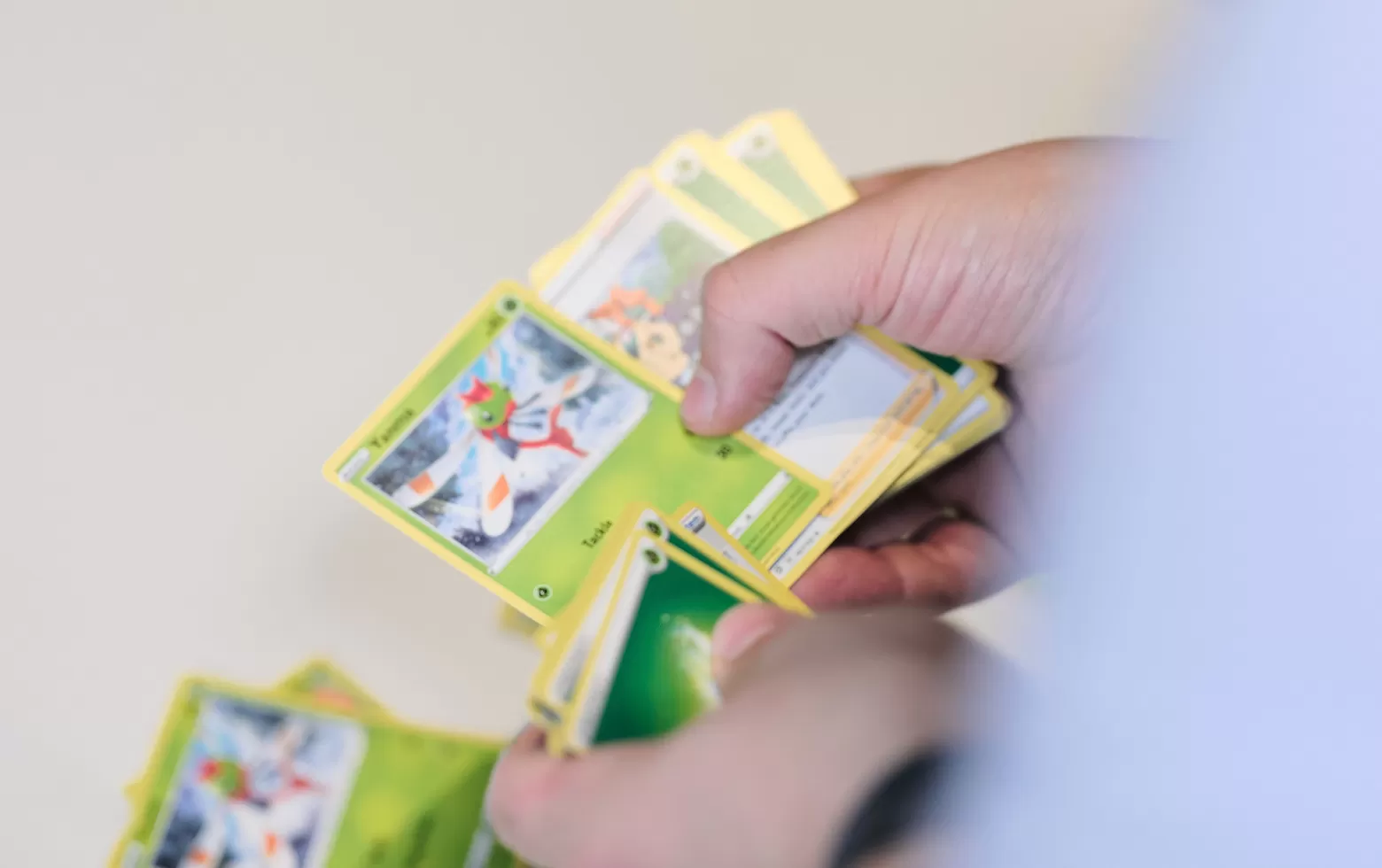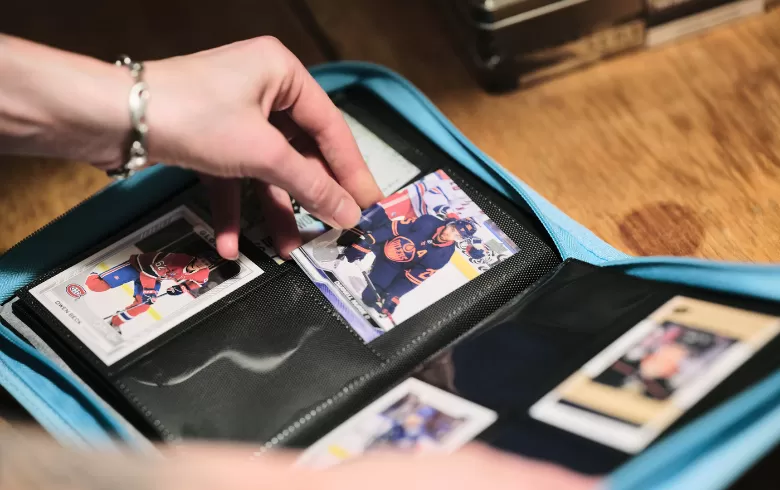For retailers looking to capitalize on the hockey card market, understanding the release cycle and product offerings is crucial. By aligning your inventory with release dates and catering to various customer segments, you can enhance your store’s appeal and boost sales. Here’s a comprehensive guide to help you navigate hockey card products and optimize your retail strategy.
Upper Deck’s Flagship Products
Upper Deck’s flagship lines are central to the hockey card market and are crucial for your inventory planning:
- Upper Deck Series 1: Released in November, this product is the first of the annual 750-card base set and kicks off the hockey card season. Ensure you have a good stock of Blaster Boxes, Tins, and Starter Kits as soon as it hits the shelves.
- Upper Deck Series 2: With a March release, this continues the base set and maintains high collector interest. Be prepared to restock and promote these products heavily as the release date approaches.
- Upper Deck Extended Series: Typically available in late June or early July, this final part of the base set has a smaller print run. Focus on Blaster Boxes for this release and consider marketing to collectors looking to complete their sets.
Entry-Level Products
These products are ideal for attracting new and younger collectors:
- MVP: The first release of the hockey season, coming out in August, is perfect for driving early season traffic. It’s an accessible product for younger audiences and beginners, making it a great addition to back-to-school promotions.
- O-Pee-Chee: Traditionally released in January or February, this product appeals to both new and long-time collectors. Its classic cardboard stock and nostalgic value make it a staple for your winter inventory.
Premium Retail Products
Premium products cater to more serious collectors and can offer higher margins:
- Artifacts, Team Canada Juniors, SkyBox Metal Universe, and SP Hockey: These products vary yearly but typically offer high-quality cards with potential jersey, autograph, or serial-numbered inclusions. Due to less predictable release dates, stay in touch with distributors for updates and plan promotions around these high-ticket items.
Product Formats and Pricing Strategies
Different formats and price points can influence buying behaviour. Here’s how to handle them effectively:
- Blaster Boxes: These are the most common and should be prominently featured in your store. Ensure ample stock and consider in-store promotions or displays to attract attention.
- Tins: Available for Series 1 and Series 2, these are a popular mid-range option. Market them as a great value, combining collectible storage with a card pack.
- Starter Kits: Ideal for new collectors, these kits should be prominently displayed alongside Series 1 releases. They offer added value with binders, exclusive cards, and collector guides, making them a compelling option for parents buying for kids or beginners.
- Gravity Feed and Fat Packs: Gravity Feed boxes and Fat Packs are perfect for high-traffic areas like checkout counters. They cater to casual buyers looking to try their luck without committing to a full box.
Pricing and Promotions
- Pricing Variations: Be mindful of the differences in pricing between entry-level, flagship, and premium products. Highlight the value of each product type, and use strategic pricing to appeal to different customer segments.
- Special Releases: Flagship products often see price increases due to popular rookie cards. Stay informed about market trends and adjust your pricing and stock levels accordingly.
Catering to Customer Demographics
Understanding your customer base helps tailor your inventory and promotions:
- Flagship Products: These appeal to all levels of collectors and hockey fans. Ensure you have a strong stock and consider holding events or promotions around their release dates.
- Entry-Level Products: Target kids, beginners, and casual collectors. Use in-store promotions or educational materials to engage these customers.
- Premium Products: Aim these at serious collectors looking for high-quality or rare cards. Consider hosting special events or offering exclusive deals to attract this demographic.
Final Thoughts
For retailers, Upper Deck is a key trading card brand you’re going to want to carry in store. If you want to know why, be sure to check out our post here. So, aligning your inventory with the hockey card release cycle and understanding the various product types and formats can significantly help your overall trading card sales. By strategically stocking and promoting products based on their release dates and customer appeal, you can attract a diverse range of collectors and maximize your store’s profitability. Stay updated on release schedules, adjust your inventory accordingly, and leverage targeted promotions to make the most of the hockey card market.



